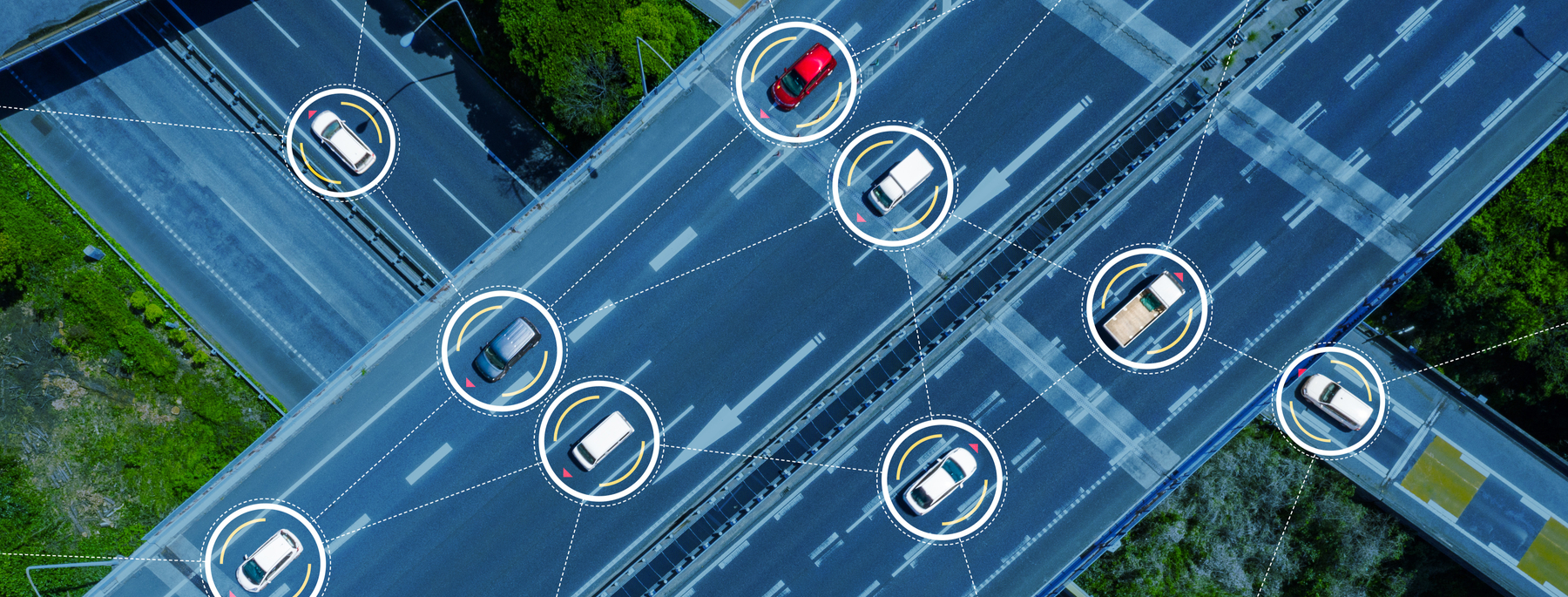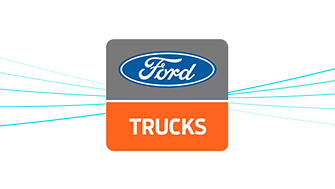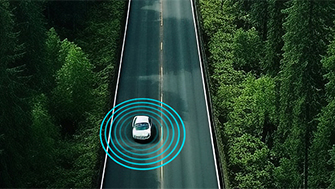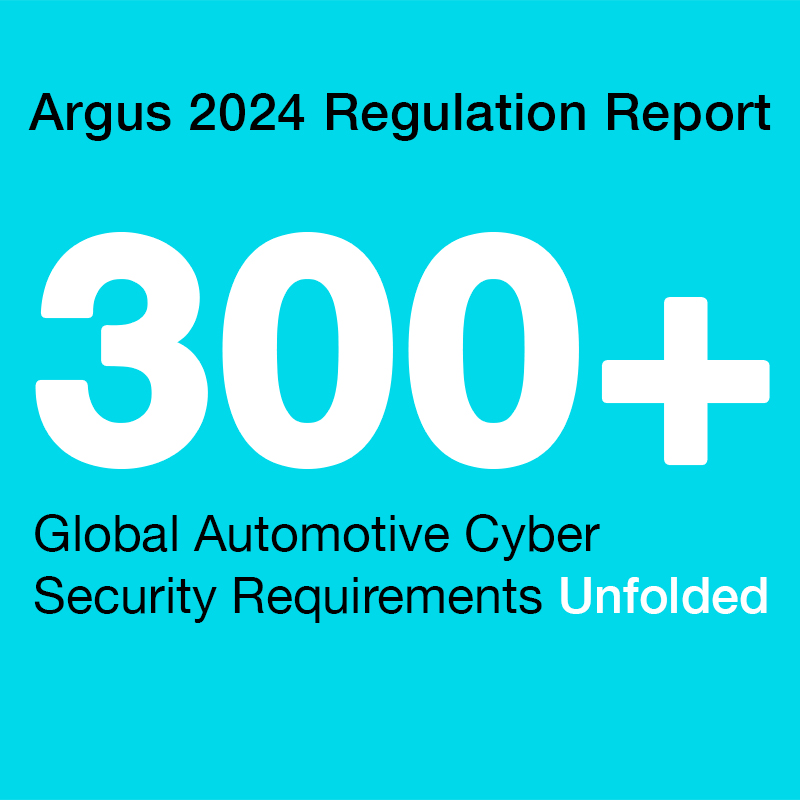
ETSI EN 303 613 V1.1.0
Status: Under Review
Published Date: Scheduled to be published February 2020
Region: Europe
Document: Link
Background
The ETSI EN 303 613 standard concerns Intelligent Transport Systems (ITS) and specifically an LTE-Vehicle-toEverything (V2X) access layer specification for ITS operating in the 5 Gigahertz (GHz) frequency band. It was first suggested by the ETSI Technical Committee ITS in October 2018 and is currently undergoing review and awaiting full approval in 2020. This ETSI document is quite technical in nature and much of the information is hidden behind the referencing of many other protocols without clear indication regarding their purpose as the reader is almost expected to be familiar with all ETSI, GSM, and GSMA specifications.
Summary
Focus on Complementary Protocols, Technical Specifications and Architecture: While the specification provides very little to no information regarding the thought process behind its development, technological evolution challenge, cost-benefit analysis, or even threat vectors, it does outline the technical components and architecture required to be successfully implemented.
Multiple Referencing of Related ETSI Specifications: The ETSI includes an extensive list of dozens of
specifications and outlines a number of other standards required for the proper application of the current document. These include different LTE specifications regarding the Evolved Universal Terrestrial Radio Access (E-UTRA), the Universal Mobile Telecommunications System (UMTS), the V2X services Management Object (MO), and Mitigation Techniques for ITS.
The Introduction of an LTE-V2X Access Layer: A secondary, but still crucial key objective of the ETSI EN 303 613 standard is to provide additional tools and control features for the Dedicated Short-Range Communication (DSRC) from the European Committee for Standardization (CEN). However, at the very core of this document is the introduction of this additional layer, which is expected to consist of multiple other layers, each serving a unique purpose:
- Medium Access Control (MAC): The MAC layer depends upon the ETSI TS 136 321 MAC
protocol specification of the E-UTRA for the purposes of this ETSI document, but also the
Local Area Network (LAN) Standards of IEEE 802 (regarding the MAC architecture). The MAC is
the sublayer that is responsible for the resource allocation between the hardware side of things,
i.e., the Protocol Data Units (PDUs) and the wireless or wired transmission of information. - Radio Link Control (RLC): The RLC layer depends upon the ETSI TS 136 322 RLC protocol
specification of the E-UTRA. It is responsible for the bundling of information (segmentation
and concatenation) of Service Data Units (SDUs) from a higher layer of the Open System
Interconnections (OSI) model, to a lower one. Note that in the OSI model, each of the seven
sublayers always serves the one above it and is served by the one below it. In order, these
layers are the following: application, presentation, session, transport, network, data link, and
physical layers. - Packet Data Convergence Protocol (PDCP): The (PDCP) layer depends upon the ETSI TS 136 323 PDCP specification of the E-UTRA. It is responsible for handling different types of SDUs. After further examination of the ETSI TS 136 323 document, there are four main SDU types that this sublayer will be expected to be responsible for: 1) IP, 2) Non-IP, 3) PC5 Signaling, and 4) Address Resolution Protocol (ARP).
- Radio Resource Control (RCC): The RCC depends upon the ETSI TS 136 331 RRC of the E-ULTRA. It is responsible for access stratum management, which refers to the management of data
transportation using different types of network protocols, including cellular LTE communication,
HTTP, Transmission Control Protocol (TCP)/IP, network, or physical communication. Further
examination of the TS 136 331 showed that the EN 303 613 refers to the function of the RCC
needed for higher levels of security and management required in cellular communication
(obviously with a clear focus on LTE), however, the ETSI explicitly states that newer and more
IoT-focused protocols like NB-IoT are not covered by the TS 136 331. For the sake of
thoroughness, after some additional research it seems that the ETSI TS 136 104 Base Station
(BS) radio transmission and reception of E-ULTRA covers aspects related to NB-IoT
based communication. - NAS: Finally, the document proposes the introduction of a Non-Access Stratum (NAS) layer, which stands next to the aforementioned RCC layer and depends upon the ETSI TS 124 301
NAS protocol for Evolved Packet System (EPS) for UMTS. The NAS is tasked with two primary
objectives. First, it is responsible for establishing communication with Radio Access Networks
(RANs), and second, for maintaining the communication channel with said radio networks while
the user is on the move. As expected, this is quite important for automotive applications and
also appears to complement the digital security recommendation covered in NIST’s SP 800-187
Guide to LTE Security regarding maintaining communication with legitimate networks and
avoiding malicious ones created by rogue substations.
Note
Frequency Bands: In short, the ETSI EN 303 613 addresses the architecture required to create an additional layer for LTE-V2X. The LTE-V2X is based on ETSI TS 136 300 and can be operated at the following two main frequency bands: 1) 5,875 Megahertz (MHz) to 5,925 MHz, which applies to safety related applications, and 2) 5,855 MHz to 5,875 MHz, which applies to non-safety applications. While these two frequency bands form the scope for this document, the ETSI also outlines a third band at 5,905 MHz to 5,925 MHz that is reserved for future ITS applications.



